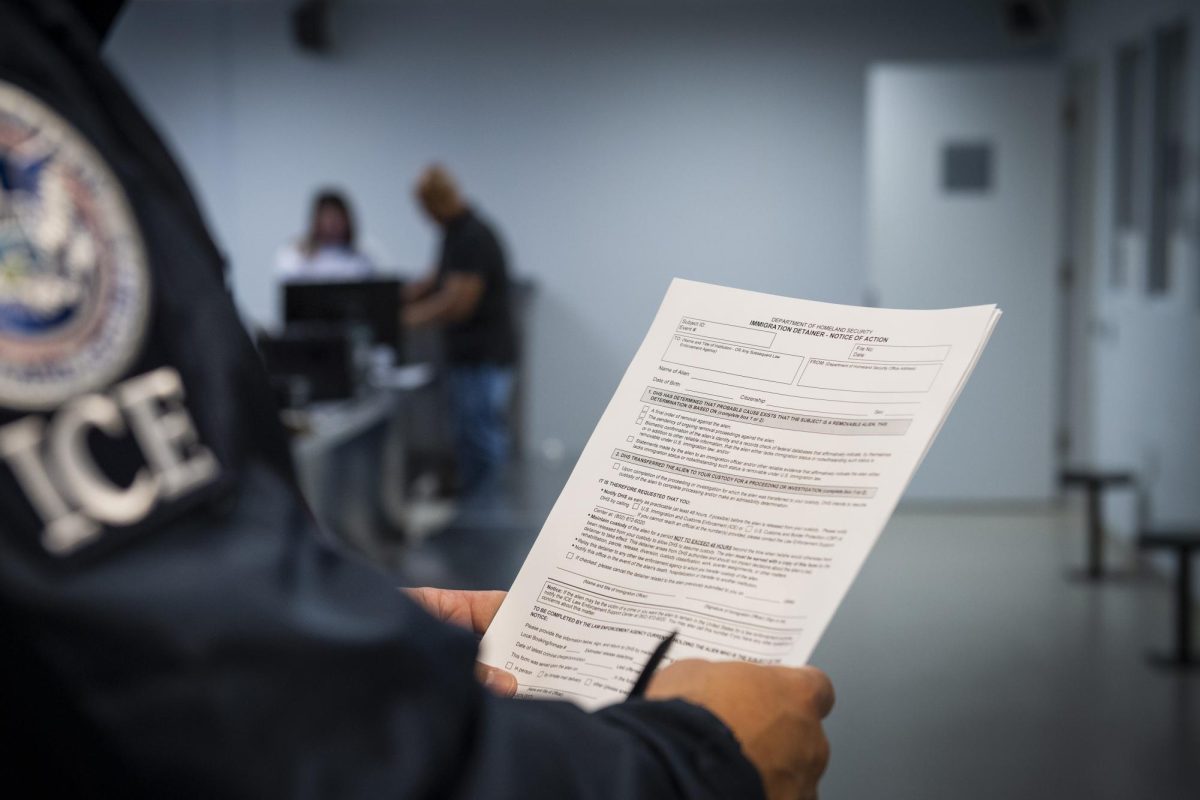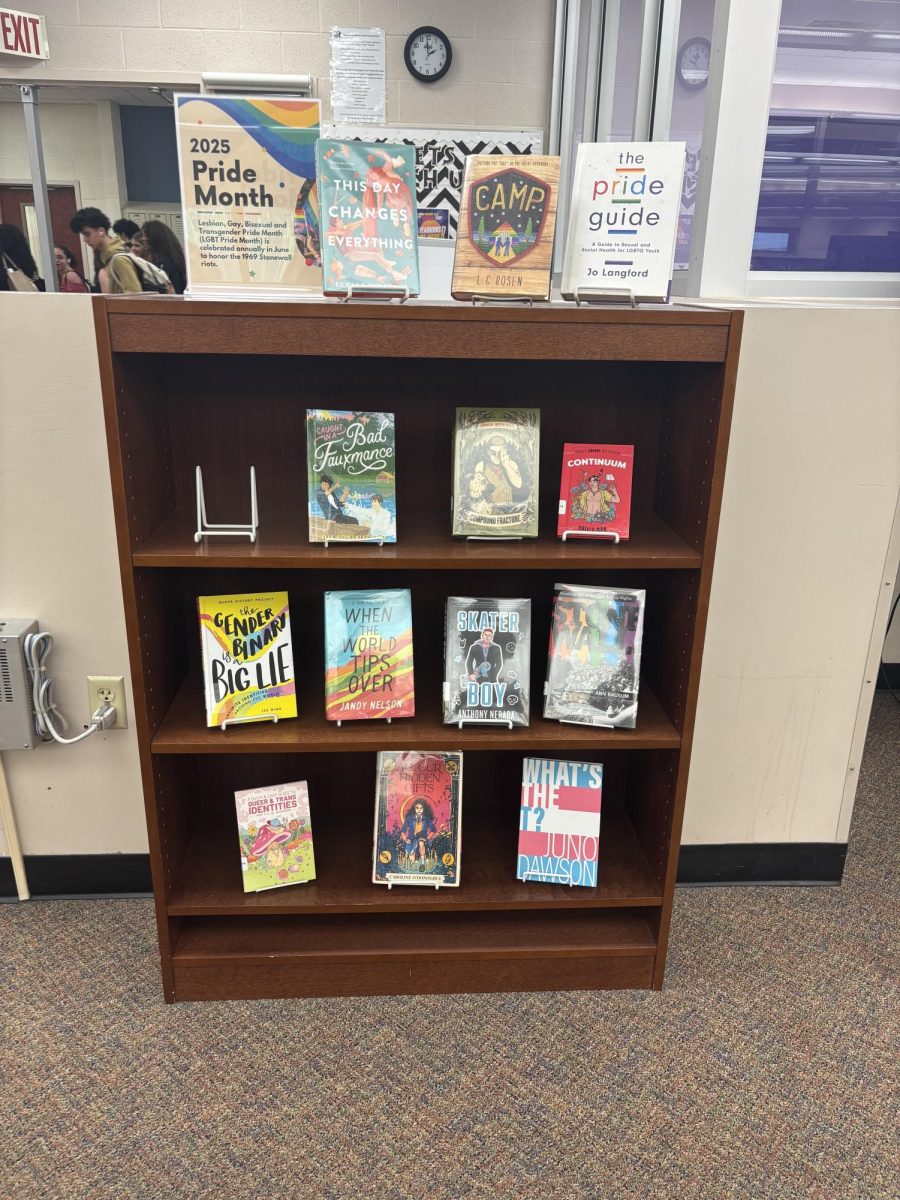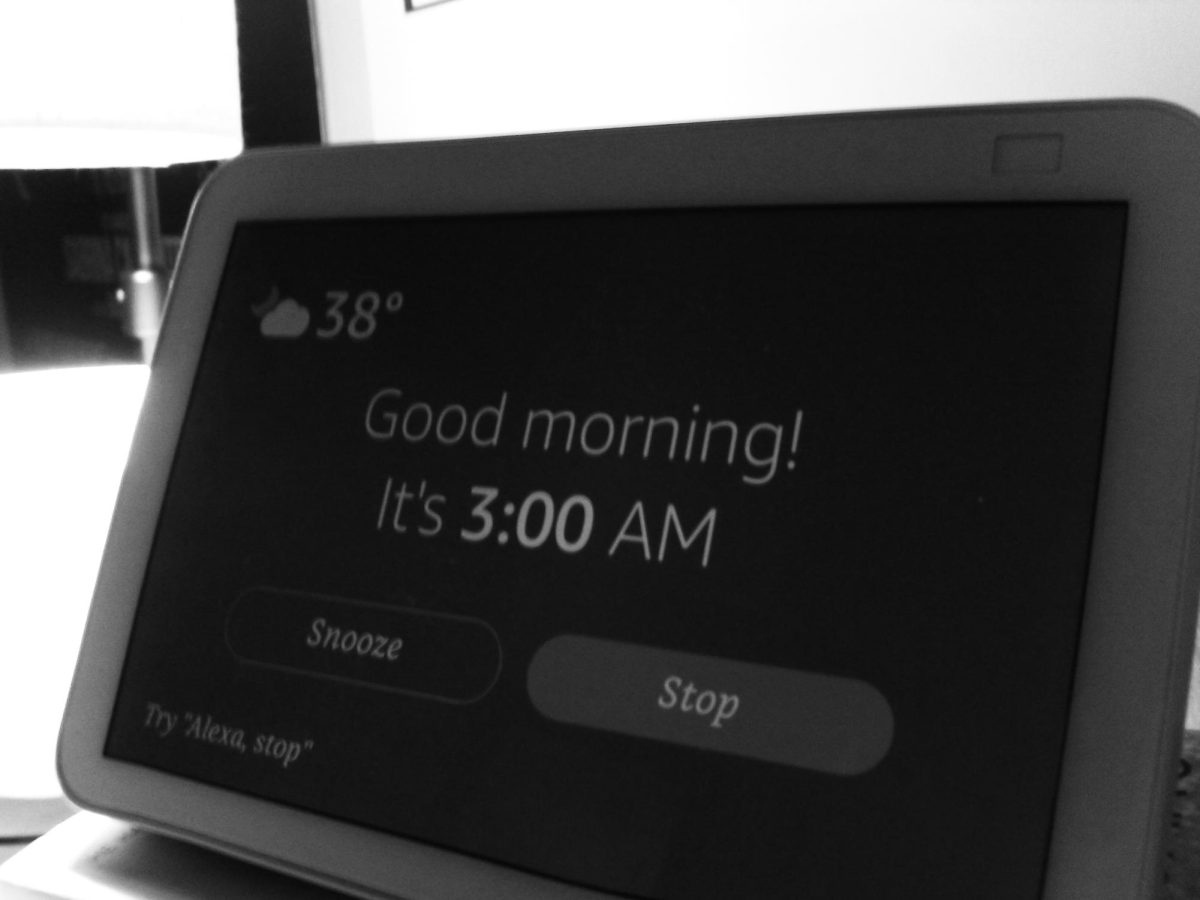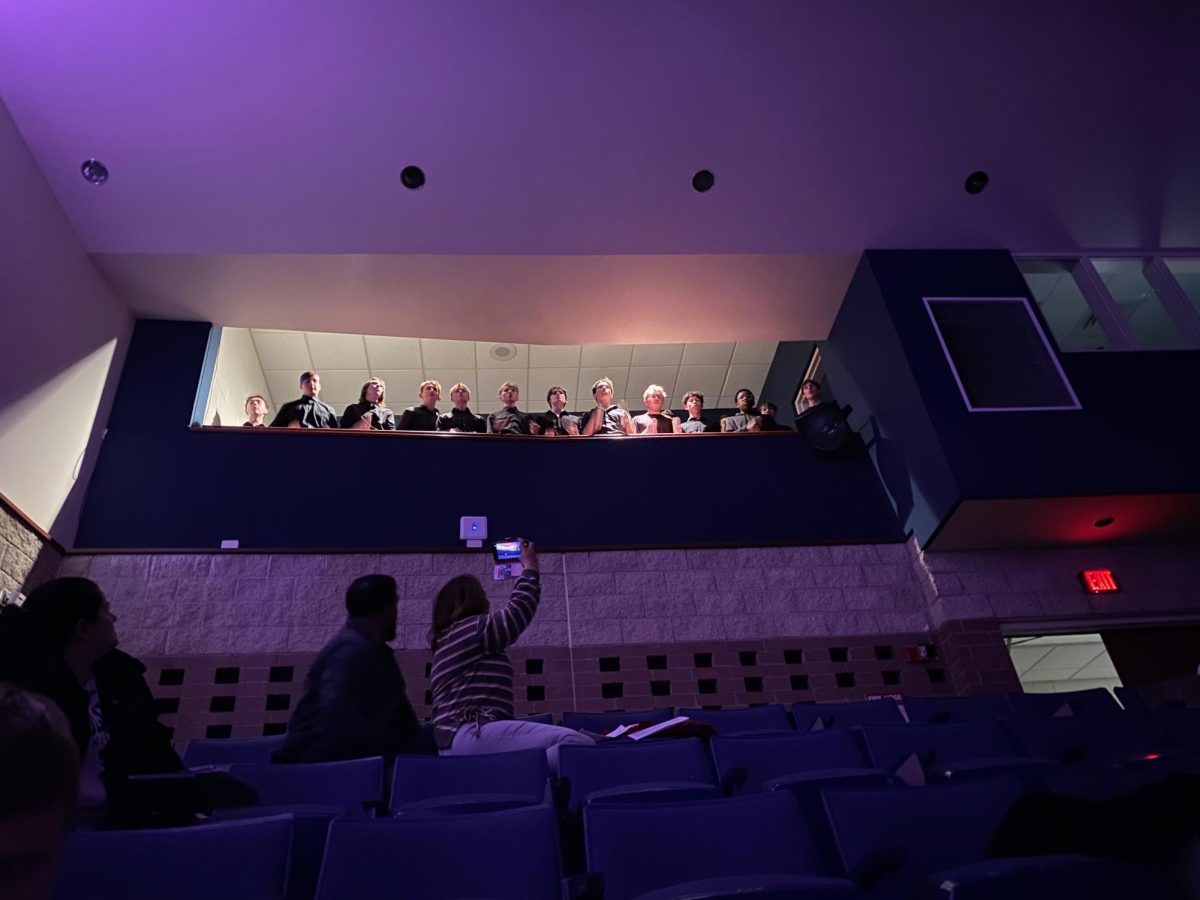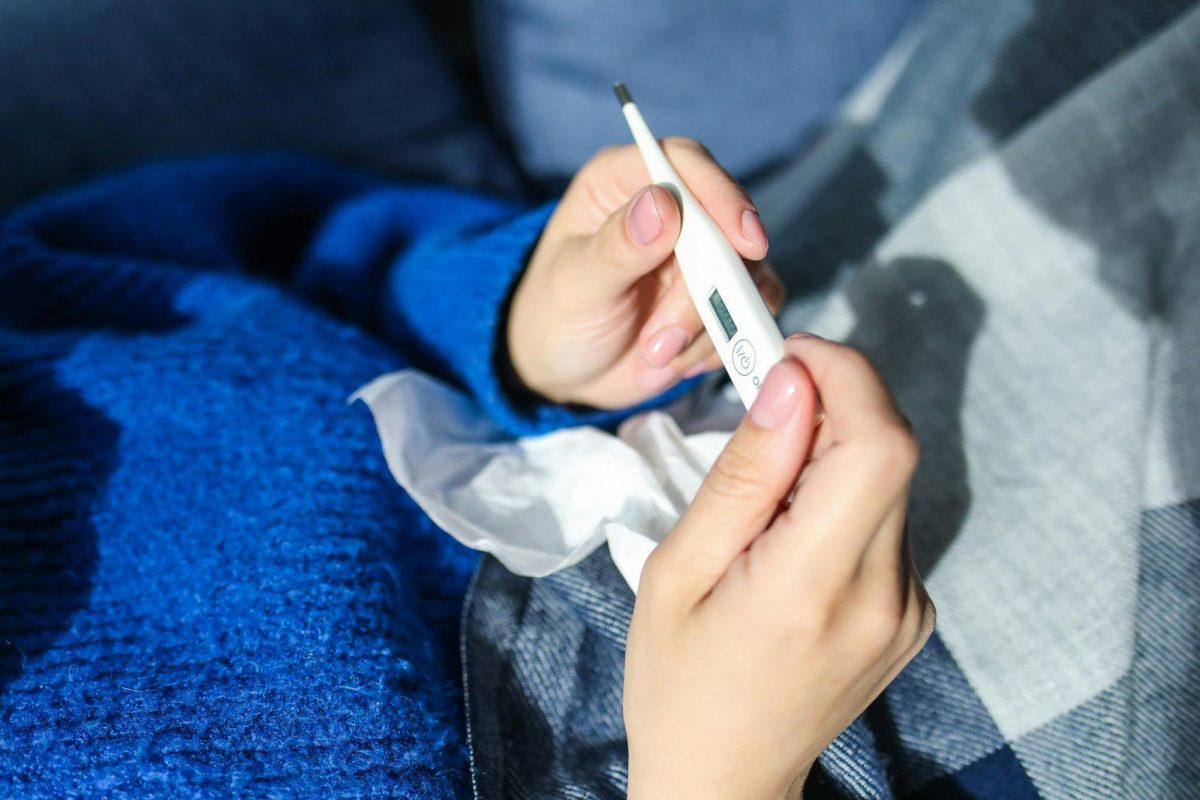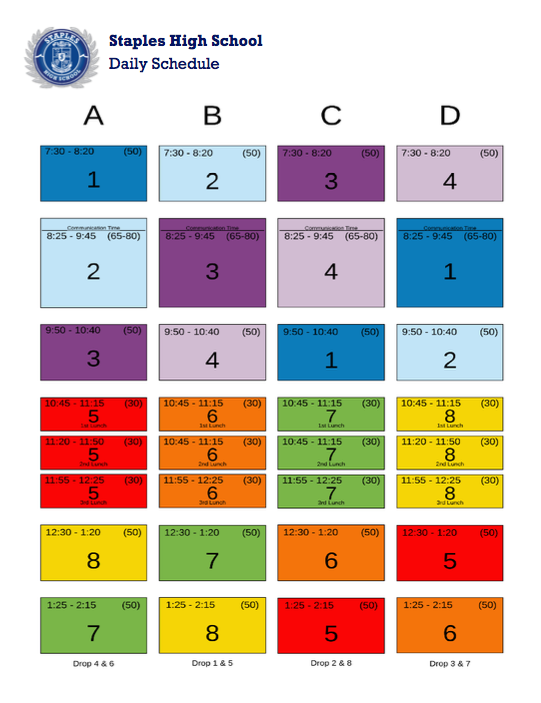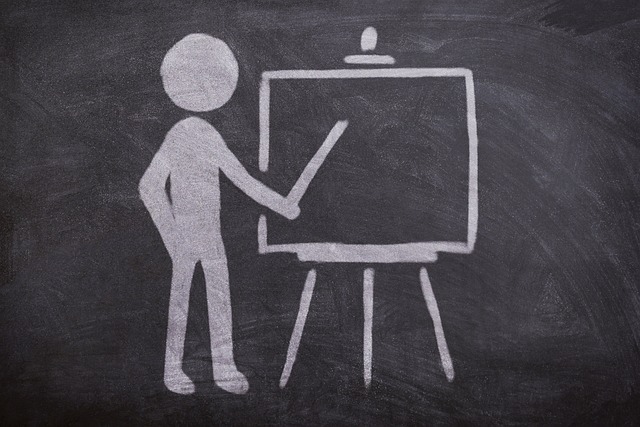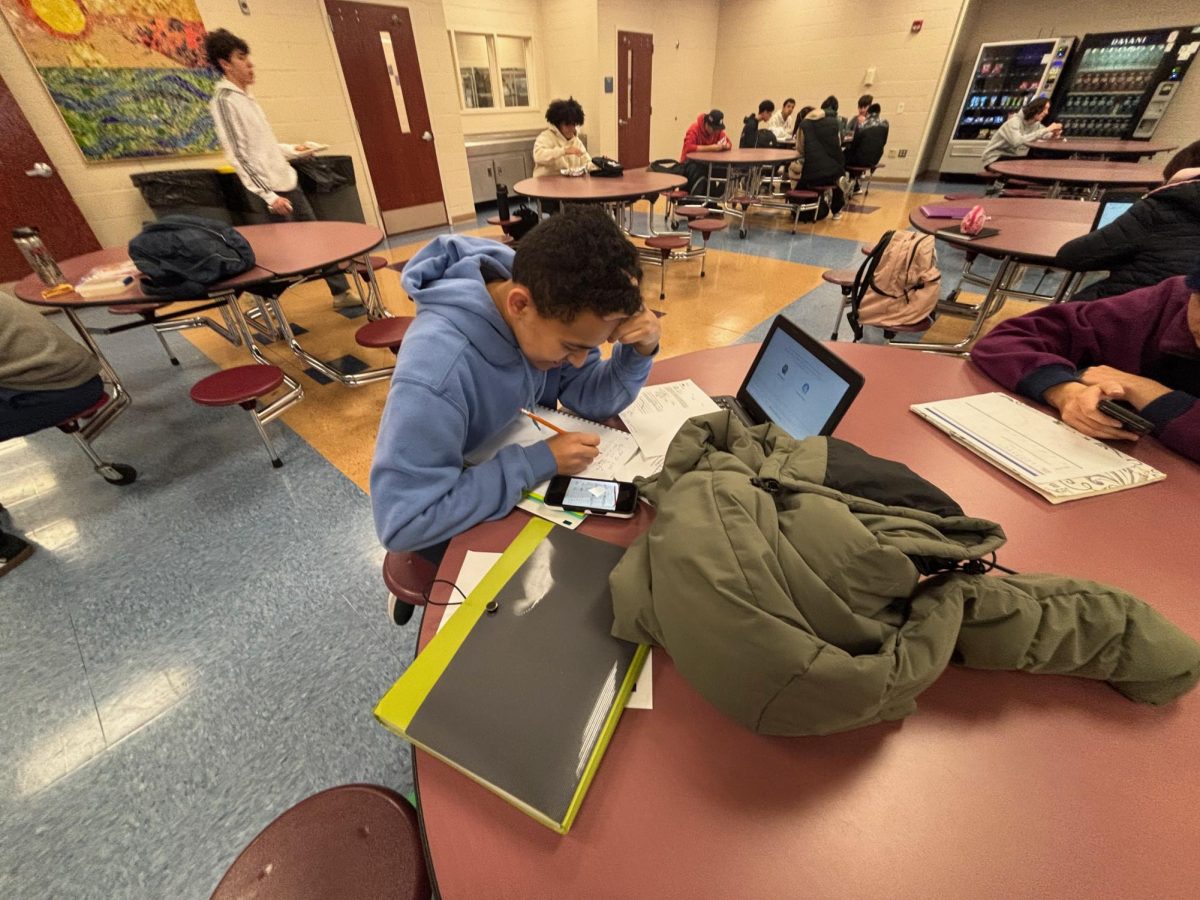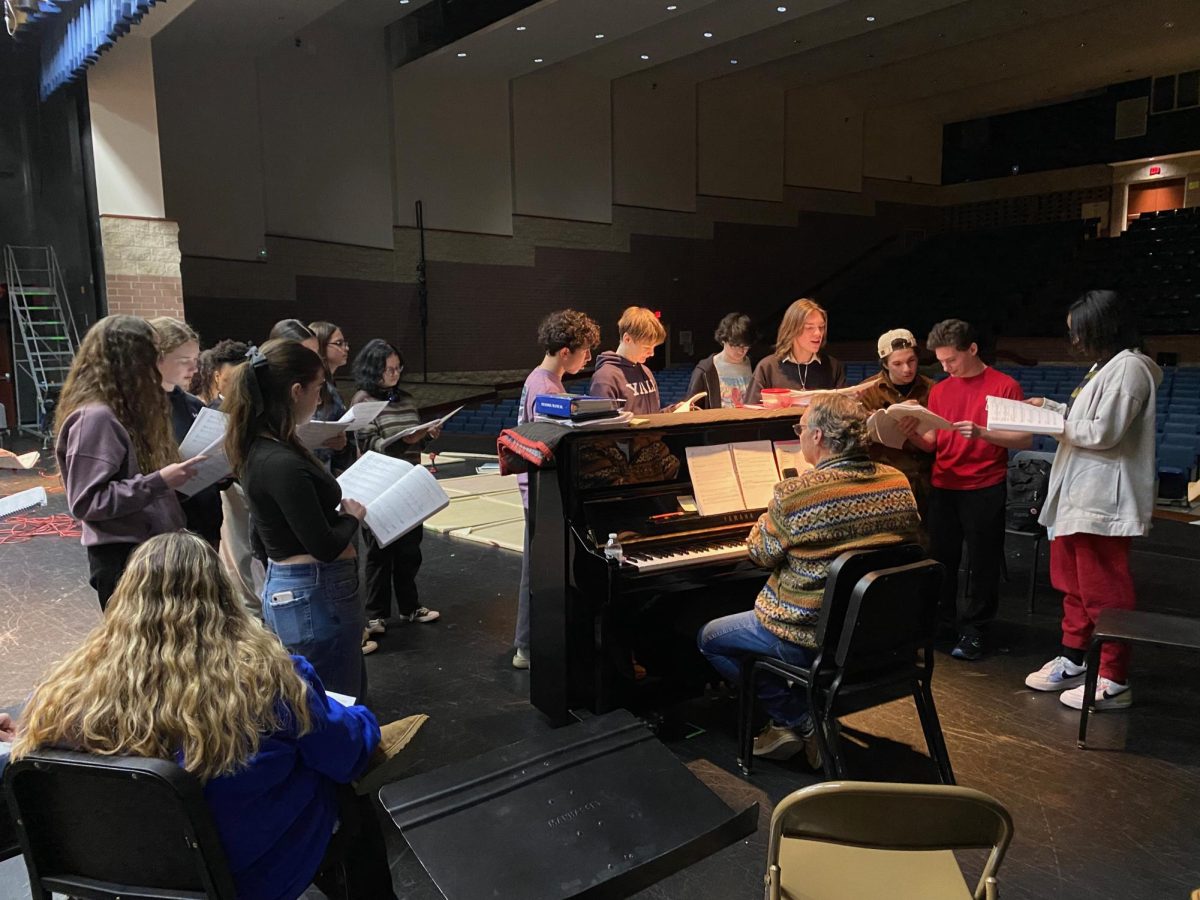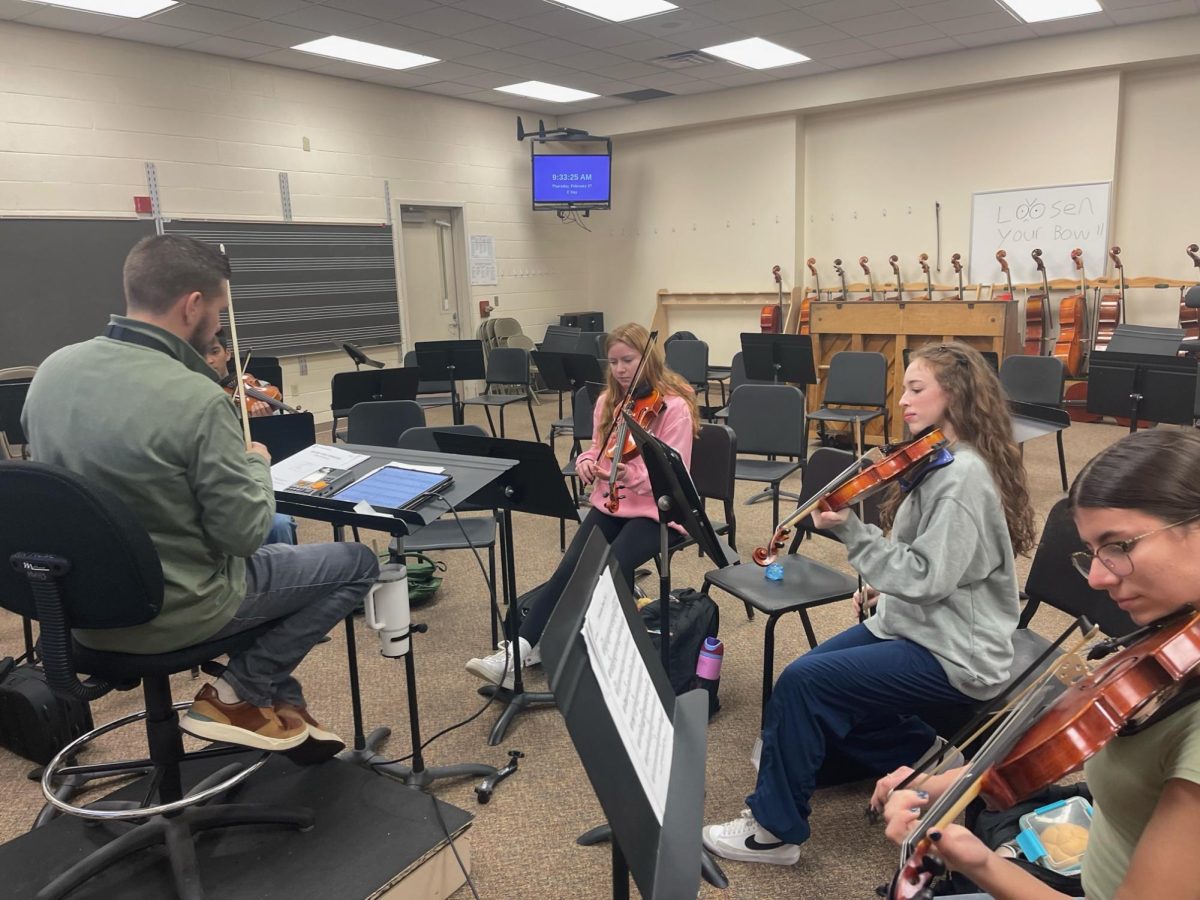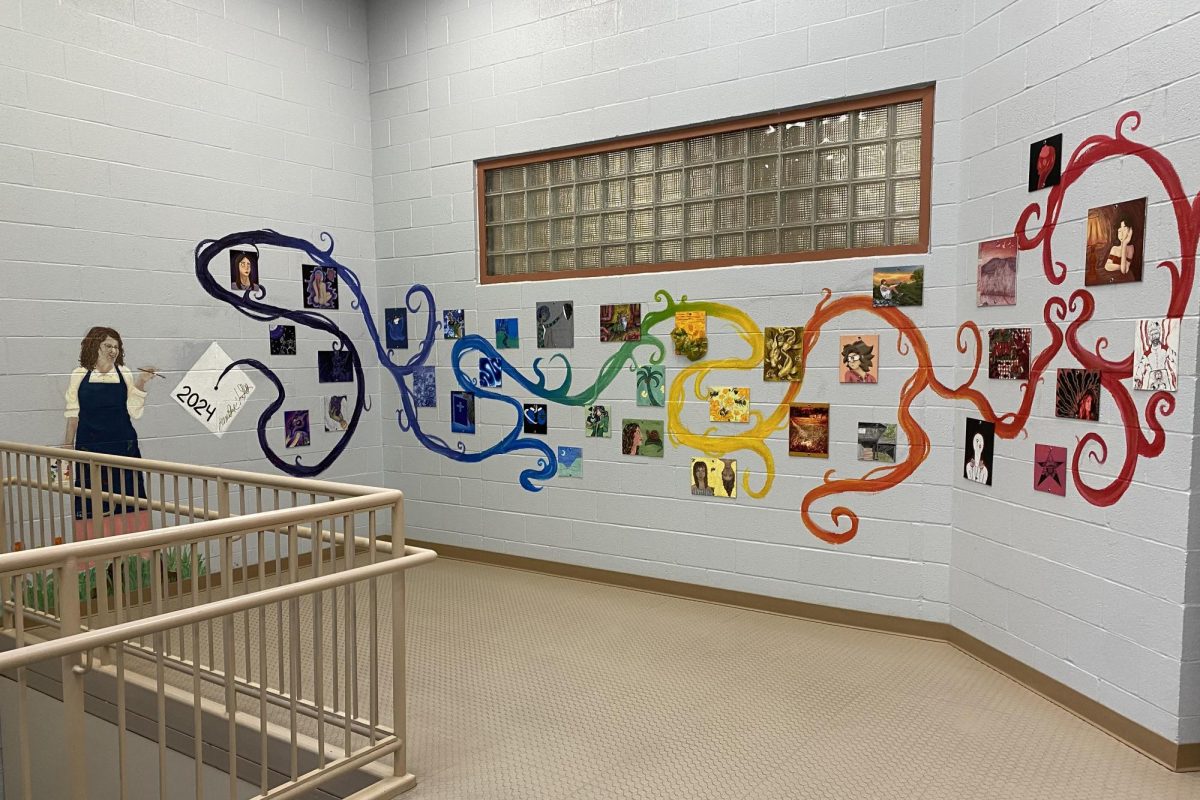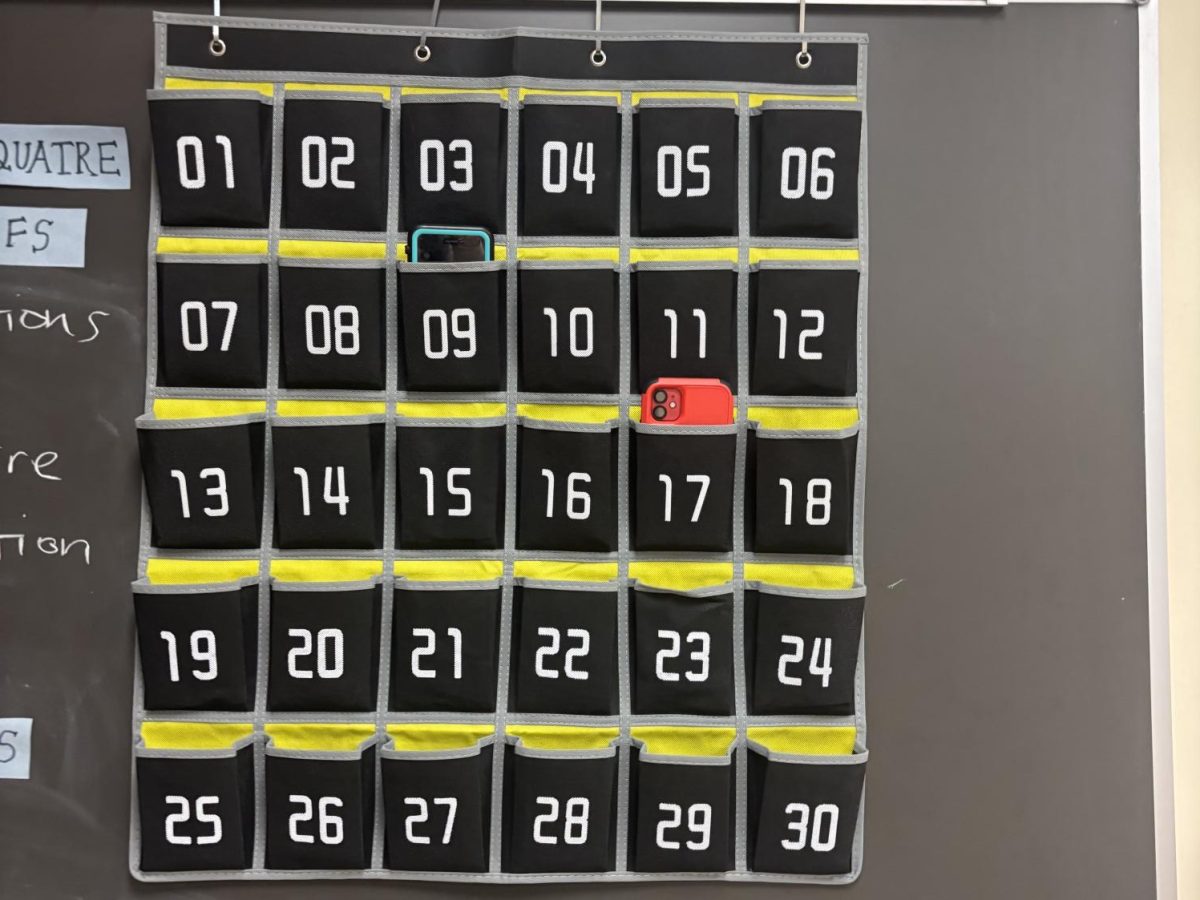In a time where technology is essential for education, banning phones in school would be more harmful than helpful. Phone bans are being considered in schools all throughout New York because people believe phones are addicting and distracting to students. Well, cellphone bans are not a powerful solution to this issue and will cause more problems than they will solve.
Following a national trend, New York State Governor Kathy Hochul has been pushing towards a statewide phone ban in schools. She is planning to propose a bill before the next legislative session, likely where students will be required to lock up their phones at the beginning of the day and retrieve them at the end. She said banning cellphones in schools would decrease distractions and improve student mental health.
In these past few years, schools have started using Google Classroom as a way for students to do work and turn it in easier. Google Classroom is a good way to help students when it comes to classwork and homework. A study published in the journal “Computers and Education” in 2020 states “Mobile technology enhances student engagement and learning outcomes.” This shows how phones can emphatically benefit experiences in education.
Having phones in classrooms can actually improve schooling, students will be able to access educational apps, collaboration, digital literacy and microlearning. For example, students can use their phones to participate in polls and quizzes along with collecting data for creating podcasts, science experiments and for looking up terminology.
The article “Mobile Learning in Higher Education: A Systematic Review of the Literature” written in 2021, declares that “Mobile learning facilitates collaborative learning and enhances digital literacy”. This explains that phones have positive benefits in classrooms.
Over the years, phones have become essential when it comes to safety and emergency situations.
As school shootings have increased, the need for parents to get in touch with their kids has increased as well. The September 4th shooting in Apalachee High School proves that phones are used in case of emergency. On social media platforms like Tiktok, Instagram, and X, kids from Apalachee High school have posted about the shooting and how they texted their parents when they heard gunshots.
No student should be in the position of wondering if they will live to see another day. If that were to happen, students should have the right to contact their parents. The Pew Research Center, a think tank that performs demographic research, claimed that “a significant percentage of parents believe that mobile devices help them stay connected with their children.”
After speaking about this issue with Mr. Lewin, Mr. Gawron, Mr. Norwicky, they all agree this phone ban would be useful. Mr. Lewin understands both sides of the phone ban, but he notices how much of a distraction their phones have become for students. Mr. Lewin is positive that this ban could have a promising impact on students and their learning, allowing them to focus and participate more in class.
He said, “Students are more depressed and anxious since the phones became an issue and they’re conversing and talking less to adults.”
Mr. Gawron brought a different but similar perspective on the phone ban. At first, Mr. Gawron didn’t think it was necessary, but now he agrees a ban is necessary. He thinks that students should be able to control themselves when it comes to phones since social media and phones have caused so much in school.
He said, “It is a compulsive behavior to text and check social media. For example, more groups are getting together in the bathroom because they receive a text to meet up.”
Phones have become a distraction to students, and caused mental health issues too. However, as most classrooms are using tech platforms like Google Classroom, phones are also a learning tool for students.
Though a solution is necessary, rather than a full ban, schools should consider specific rules to avoid distractions. Recommendations could include charging stations or pockets on the wall for phones so they are out of reach during class but there for emergencies. These recommendations show a balance between both sides of the argument and can improve students’ education along with mental health.

